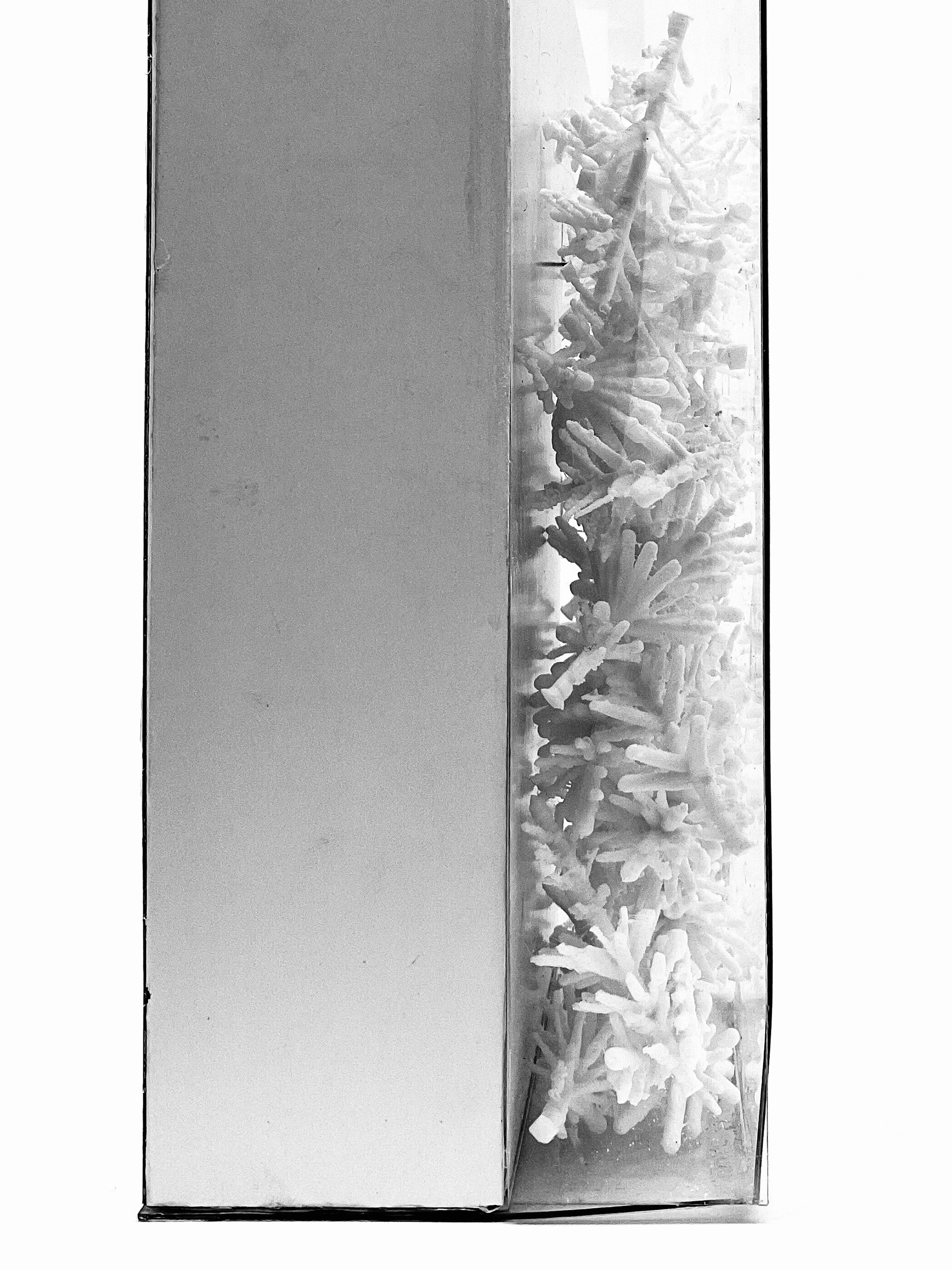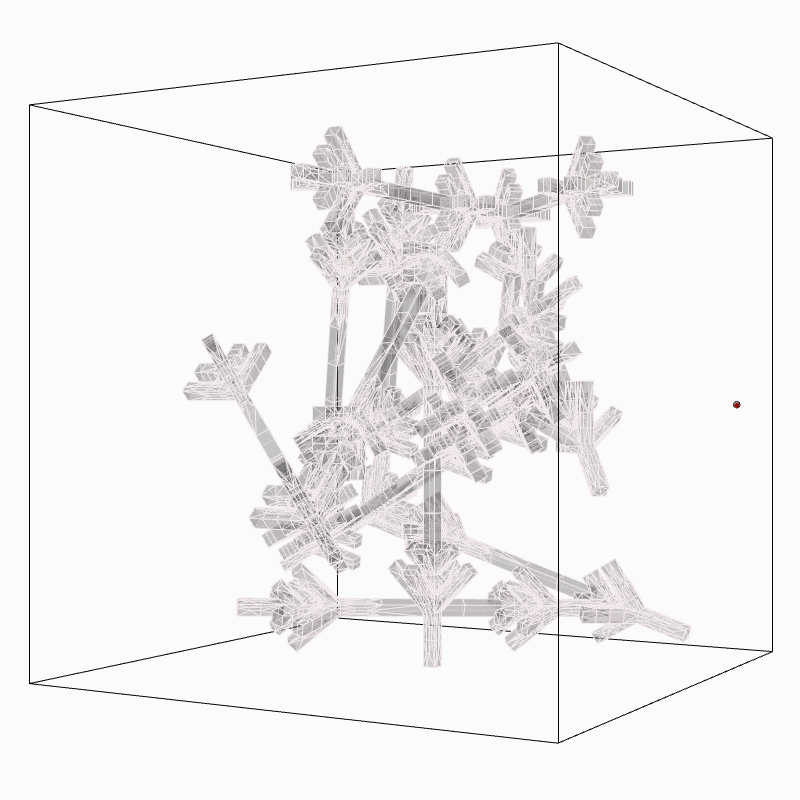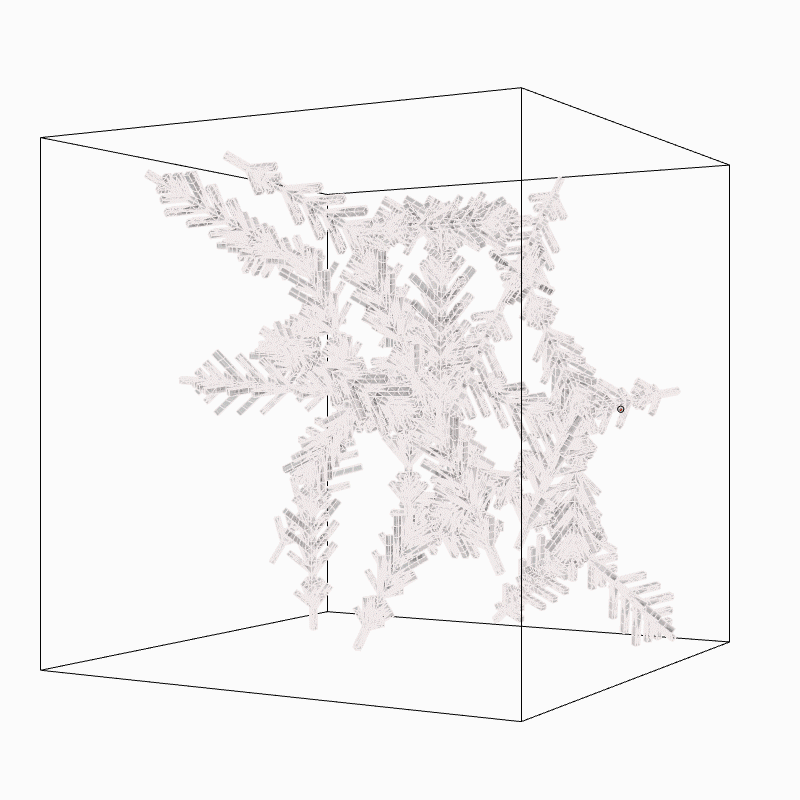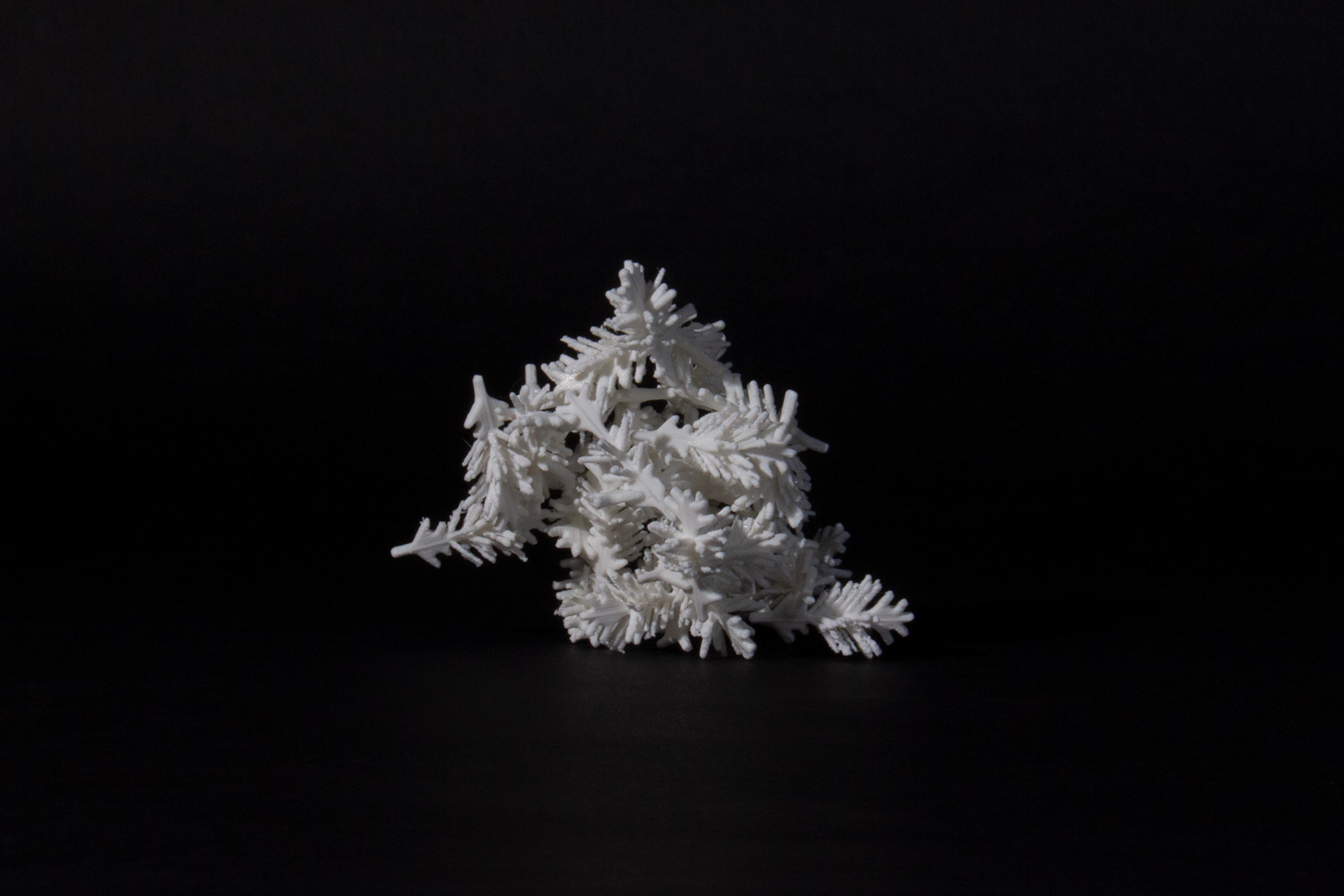"Wearables protect us from the climatic conditions, they provide privacy, comfort and they also reflect our style and personality. Building facades in the same way, provide protection from the weather, comfort, privacy and showcase typology and style."
---- Julia Koerner
Julia Koerner (Instructor)
Pingting Li (individual work)
403 Research Studio March 1 UCLA, Fall 2023 - Spring 2024
Snowflake is famous for its unique and beautiful pattern, according to the book by Kenneth Libbrecht and Rachel Wing, Snowflake forms its shape base on the temperature and humidity of the air that it has pass by when it drops. This unique shape characteristic is perfectly fit for 3D printing technology, by which each print can be unique without extra material and time waste compares to traditional molding building technique.




Snowflakes images produced by Midjourney V6.


Libbrecht, K., & Wing, R. (2015). Snowflake: Winter’s Frozen Artistry. Quayside Publishing Group. ISHIDA, Tamotsu. (1965). Acoustic properties of snow (dissertation). Acoustic Properties of Snow. Institute of Low Temperature Science, Hokkaido University.
When it accumulated, it forms a porous structure with fluffy edge, which has high efficiency in dampening sound as the sound wave is broken and reflected by its crystal branches. Quote from Silence in the snow: Explaining the science behind the stillness, METEOROLOGIST KAYLEE WENDT, “2 -inch accumulation of snowflakes can absorb up to 60% of the sound”


According to its mathematic logic of branch growth, I formed various snowflake patterns in 2D by grasshopper and started imaging how it can look like if branching in 3 dimensions. I created a script with the relationship between Branch Length, Branching location and Number of branches. By adjusting the input number, it can output infinite shape.
RANDOM DROP PHYSICAL SIMILATION







RANDOM DROP MAYA SIMILATION
The accumulation logic of snowflake is random drop.
I simulation the random drop by 3D printed branches physically and Maya simulation digitally. I dropped "snowflakes" randomly and observed how branch number and thickness can influence the accumulation density.
I found that the thicker and more the branch is, the denser the structure it forms.
I simulation the random drop by 3D printed branches physically and Maya simulation digitally. I dropped "snowflakes" randomly and observed how branch number and thickness can influence the accumulation density.
I found that the thicker and more the branch is, the denser the structure it forms.
CONNECTION & DENSITY
Base on different joint location, the branch unit forms different outcomes including dot shape. Linear shape and chunk/surface shape by using WASP grasshopper script (WASP author: Andrea Rossi) with additional modified attributions.
Acoustical Simulation








The accumulation chunk experienced sound dampening behavior analysis by using Pachyderm Acoustical Simulation. Different branching number and accumulation density results in different efficiency in dampening the sound. According to data from the simulation, the more branch and more density, the higher efficiency in breaking the sound wave.
I simulate the sound from traffic around our building. The frequency and db that hitting the building façade is various in different areas due to the reflection of surrounding building elevation. Some areas have more sound than the others.
Based on the analysis of sound condition of our building façade and incorporate with the program I organized for our mix-used building. I form a 3D bounding box with different requirement for the density of the accumulated façade.
Within the 3d bounding box, my branch unit starts to accumulate using WASP grasshopper script.
Based on the analysis of sound condition of our building façade and incorporate with the program I organized for our mix-used building. I form a 3D bounding box with different requirement for the density of the accumulated façade.
Within the 3d bounding box, my branch unit starts to accumulate using WASP grasshopper script.






Supportless Industrial 3D Print Mockup (scale: 1'=1/2') Hanging Structure Mockup
This research project pursuing supportless 3D print, which can reduce the waste of material used for support structure.




Other materials exploration









Prototype exploration


















